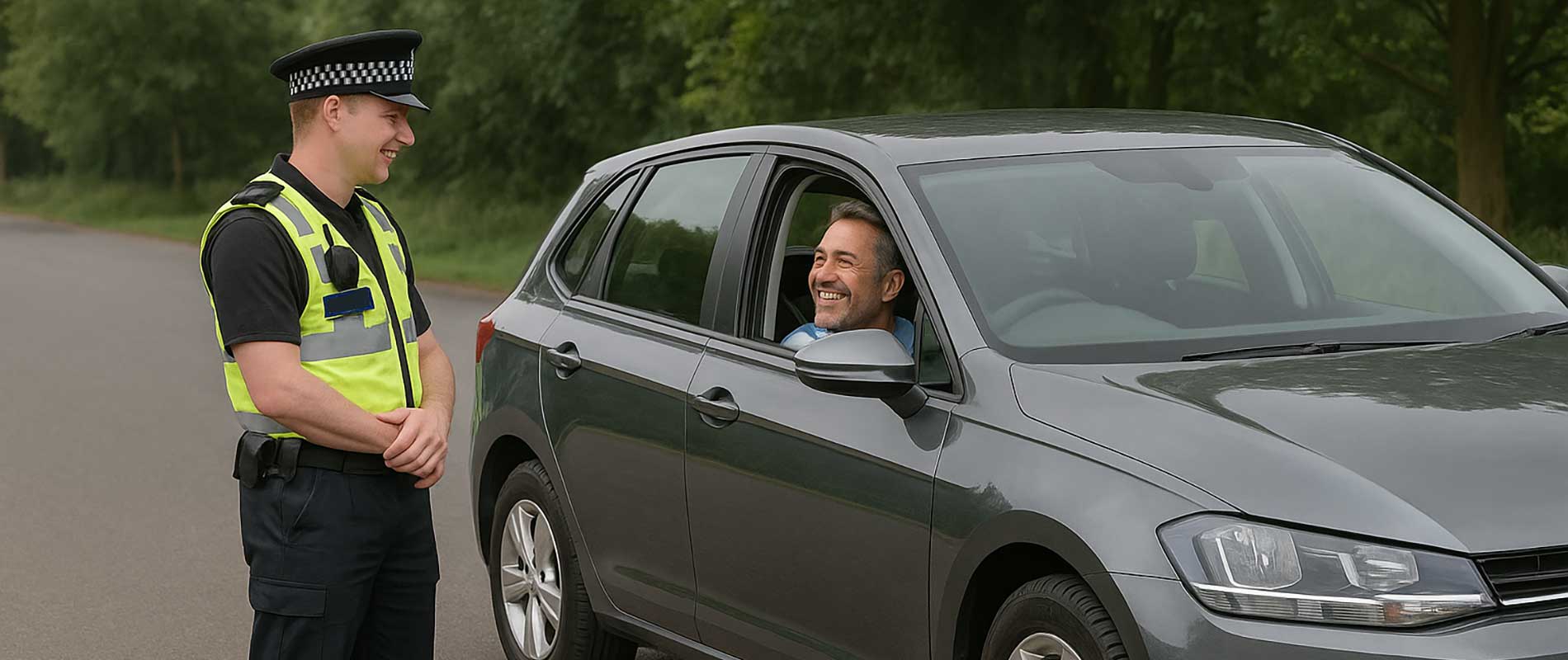For anyone with driving convictions, one of the biggest challenges comes after the sentence ends; convincing insurers that you’ve moved on. Rehabilitation isn’t just a legal process; it’s about showing through actions that you’re now a reliable, responsible driver. While insurers don’t expect perfection, they do value consistency, honesty and evidence of change. Proving that you’ve turned a corner can make a real difference to the quotes you receive.
Start with openness. Insurers can verify conviction details through official databases, so there’s no sense in hiding anything. Be clear about the code, the date, and what’s changed since. A confident, straightforward explanation shows maturity and accountability. The goal isn’t to excuse the past but to demonstrate that you’ve learned from it and that your habits on the road have improved.
If you’ve completed any official courses; for example, a driver awareness or rehabilitation programme; keep those certificates handy. They’re proof of proactive effort. Mentioning them when applying for cover tells insurers you’ve taken practical steps to improve. Even voluntary safety or defensive-driving courses can help, showing initiative rather than obligation.
Your driving record after the conviction matters just as much as the offence itself. Keep your licence clean, avoid further points and drive carefully. If possible, use telematics or a black-box policy to back up your record with data. These devices track speed, braking and general behaviour, giving insurers solid evidence of your improvement. Over time, that data builds trust in a way that words alone can’t.
Consistency counts too. Keep continuous insurance with no gaps between policies, renew on time and avoid late or missed payments. Stability is a quiet signal that you’re dependable. It might not seem important, but insurers view it as part of your reliability profile; a pattern that supports your claim to rehabilitation.
Your choice of vehicle also says something. Opting for a sensible, low-risk car instead of a performance model helps reinforce that you’re approaching driving responsibly. Adding security features or keeping the car garaged overnight can reduce your risk score even further, often leading to better premiums.
When you speak to a broker or insurer, be ready to explain the broader picture of your life now. Perhaps your work pattern has changed, or you’ve taken on family responsibilities that demand careful driving. Mentioning those details paints a fuller, more balanced picture of who you are today. It helps the insurer see beyond the conviction to the person you’ve become.
In the end, rehabilitation is about proving reliability through steady behaviour, not grand gestures. Each clean year, each uneventful renewal and each polite phone call with an insurer quietly rebuilds trust. Given time, your record becomes just one part of your history; not the part that defines you.

